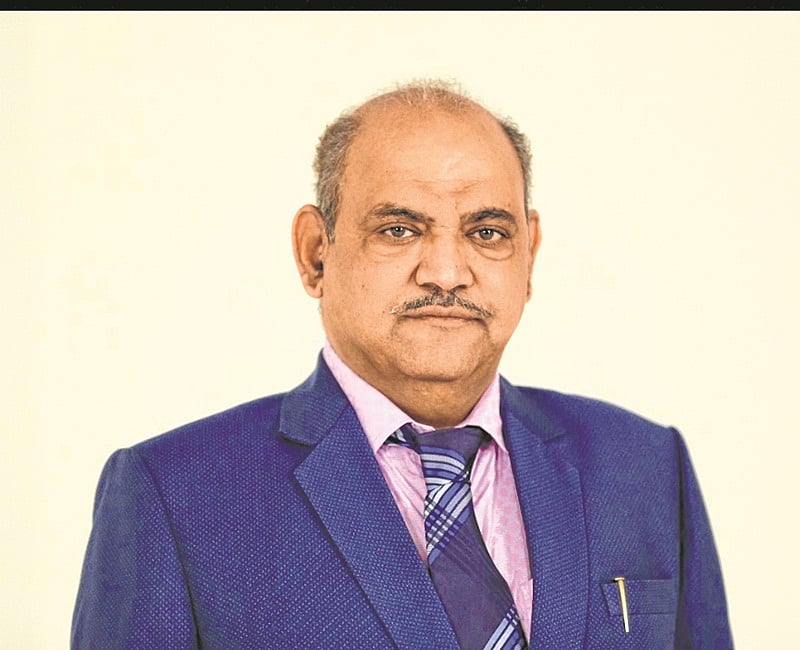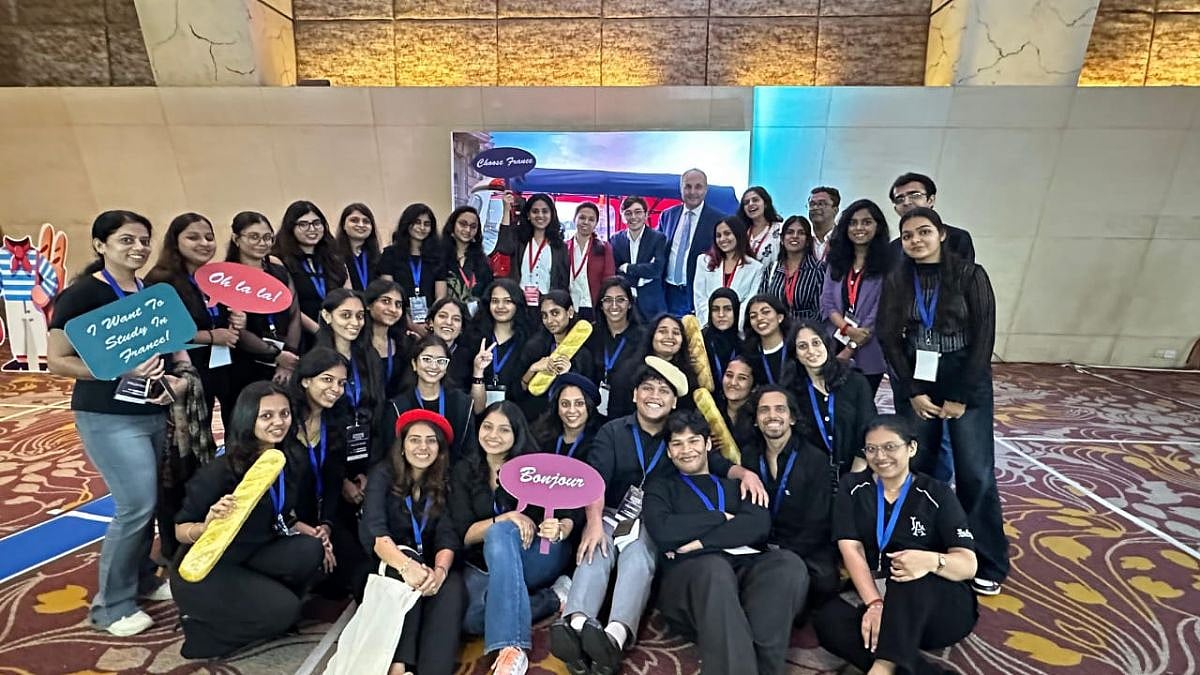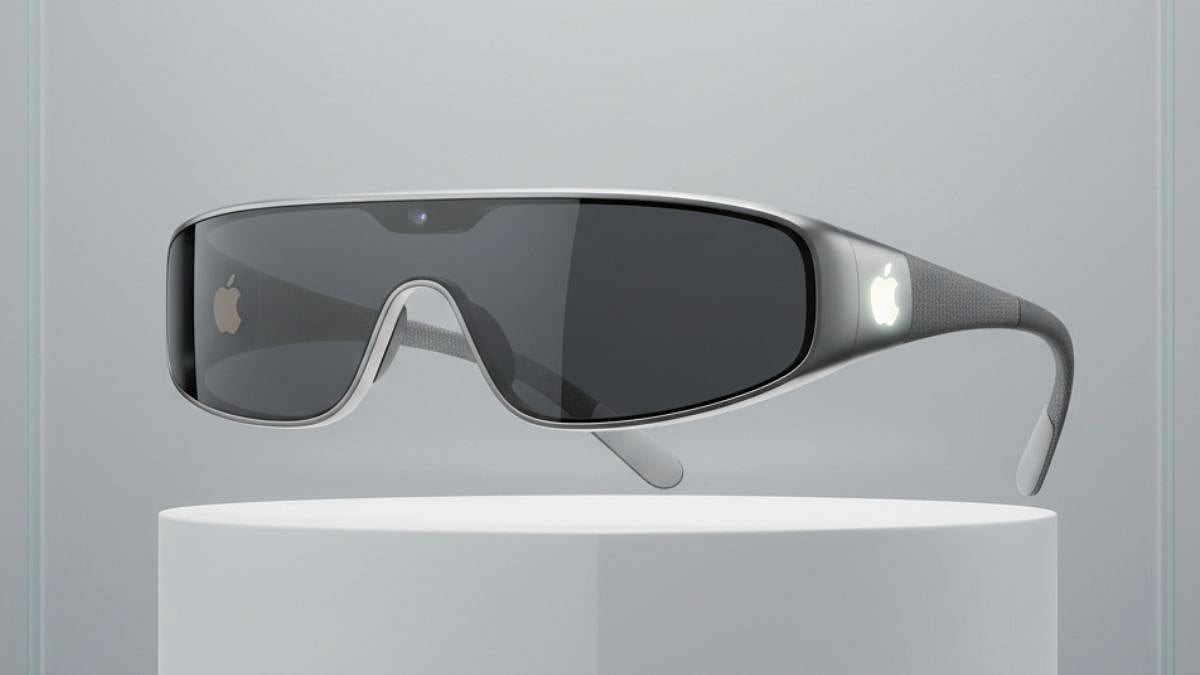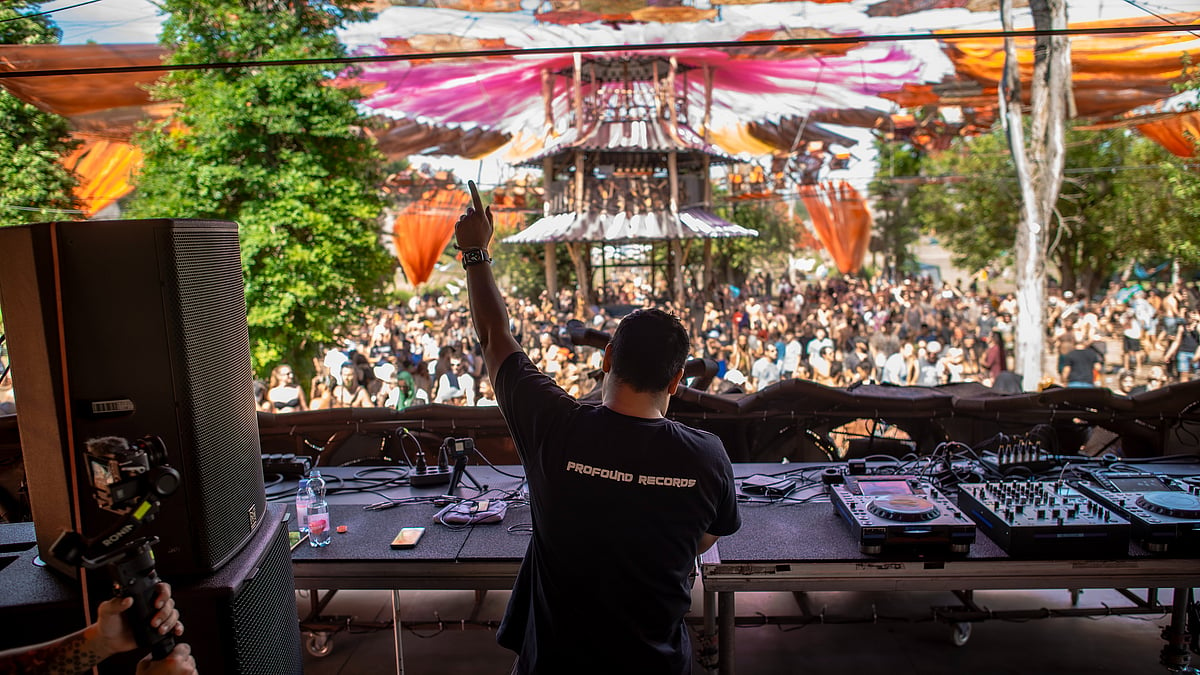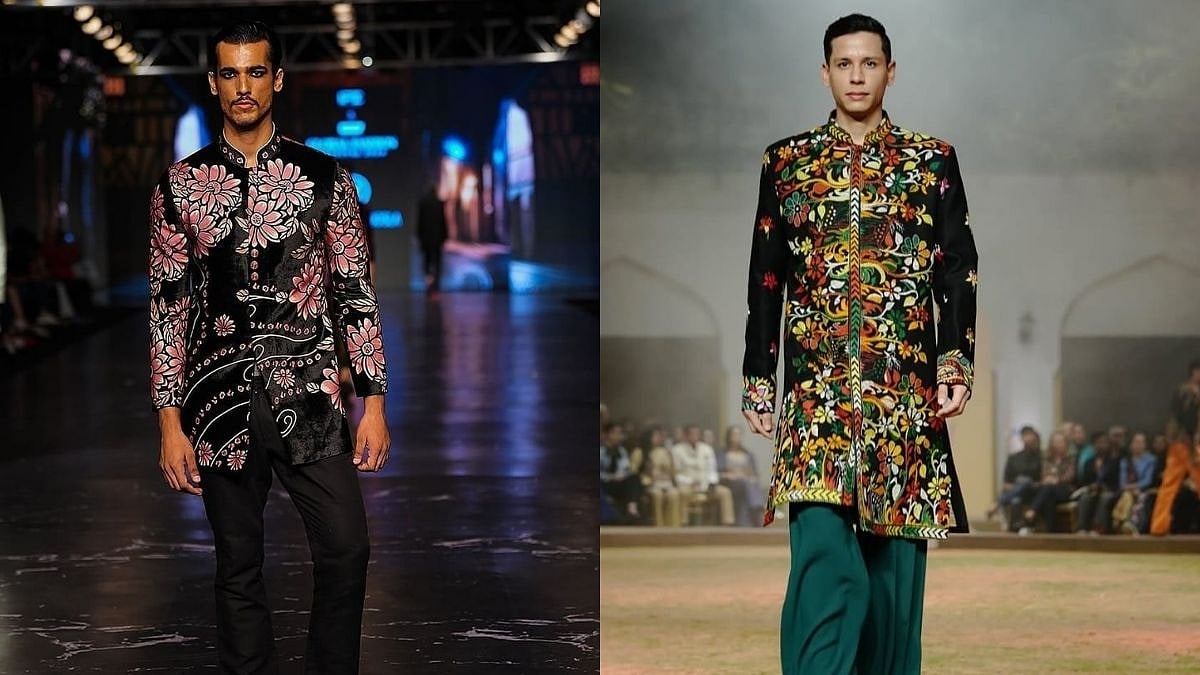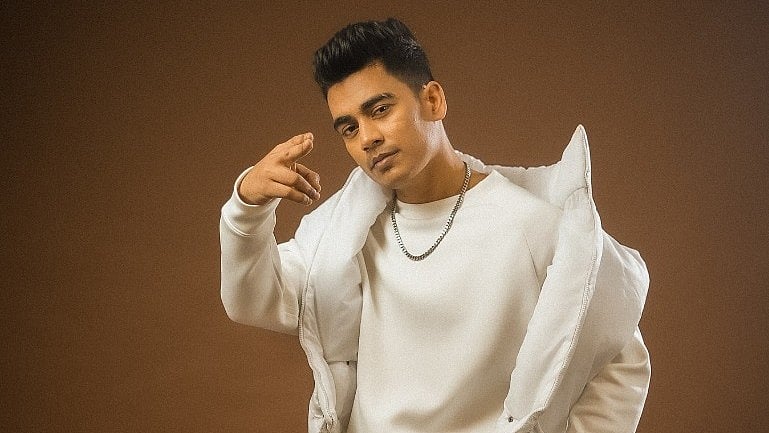Kalpa Seva, a charitable clinic where Dr Govardhanlal Parashar has agreed to meet me, is packed to the hilt with people patiently waiting for their turn with the doctor. And why not, the Jodhpur-based doctor comes to Mumbai only for a few days every month.
It was an enlightening experience to witness the faith people have in one of our oldest treatment methods, osteopathy — something I was unaware of till I met Dr Parashar!
For those wondering, what is osteopathy, with a smile Dr Parashar explains, “Osteopathy is bone, muscle and nerve manipulation treatment method and is one of India’s oldest treatment methods which somehow disappeared from India in 1825. We are now trying to create awareness about it and bring it back into mainstream medical practices.”
The main objective of osteopathy is to improve overall health by strengthening the muscles and joints. No surgery is involved in osteopathy and it is completely safe so far as it is done by a professional.
Speaking about the uses of osteopathy, Dr Parashar says, “It is used to treat any posture-related problems like slip disc, cartilage damage, frozen shoulder, tennis elbow, ligament tear, cervical and many problems associated with muscles, bones and nerves.

These have been successfully treated through osteopathy just by a hand manipulation process. It is also used to treat conditions where either the treatment was not possible earlier or operation was the only solution.”
Sounds similar to physiotherapy, right? But Dr Parashar is quick to dismiss any similarity between the two. “There is a lot of difference between osteopathy and physiotherapy. To give a simple example, in physiotherapy the treatment is based on usage of different kinds of machines, devices and tools. Osteopathy is based on hand manipulation only — no machines involved.
For example, if there is dislocation of joints, we reset the joints through hand manipulation whereas physiotherapy uses tools like traction, electric instruments to treat the problem area with current and various other means to stimulate the muscles.
In osteopathy, there is no machine, device or tool involved. We only use natural oils like coconut, mustard, etc., to help with the manipulation,” says Dr Parashar who has treated lakhs of patients with slip disc and has been conferred with a gold medal by WHO. Also for diagnosis, just by looking at your posture the osteopath can identify your problem — tests like MRI, CT or X-Ray are very rarely suggested.
So why is it that people evidently prefer physiotherapy over osteopathy? “In India, people have always been influenced by modern medicine and believed in whatever it has to offer.
Lack of awareness about osteopathy is another factor. Motivation is what draws people to osteopathy, like one person gets cured, he gets 10 other members of his family or friends and the cycle continues.”
Who can benefit from osteopathy? Says Dr Parashar, “Anyone suffering from bone, muscle and nerve-related problems can benefit from it. In fact, osteopathy can also bring relief from pain or tingling sensation associated with pinched nerves in just two-three days.
Another example would be suppose a patient suffers from slip disc, and has undergone an operation for that, but the slip disc resurfaces again. Osteopathy can help such a patient and get him relief from pain in just three-four days…
We give the patients simple exercises so that the problem doesn’t recur. Osteopathy can also be useful for somebody who has been troubled by spinal cord problems, or someone who has undergone a medical procedure for a musculoskeletal problem and now no further procedure is possible. It can also be used to treat migraine and vertigo.”
Like the common saying goes, “Precaution is better than cure,” Dr Parashar adds one should see an osteopath regularly to get one’s posture checked and not wait for problems to escalate.
It is also safe for patients suffering from serious health problems like heart (undergone a bypass) and lung related problems as there is zero risk involved in the treatment.
Many millennials today suffer from work-related musculoskeletal problems like back ache, joint pain, muscle stiffness due to prolonged sitting or lifting heavy machinery or material at work.
In such situations, what can working people do to minimise such problems? “Exercise and yoga are important for anyone who is working. Start with flexing your fingers, than wrist, fold and unfold your elbows, slowly rotate your shoulders, and then the neck.
Follow this up with yoga which has over 50 different kinds of asanas, pick whichever you find easier and conclude the regime with pranayam. This increases flexibility and oxygen in your bones and spine. Everyone should do these exercises and asanas for at least 10 minutes in the morning or evening.”
Currently, Dr Parashar, who has a doctorate in osteopathy from London University, visits Bombay Hospital and Breach Candy Hospital, apart from the Kalpa Seva clinic (a charitable initiative) in Mumbai every month. Though he has a dedicated osteopathy centre in Jodhpur and Delhi, he plans to establish one in Mumbai as well by 2020 and carry on his mission of educating the masses about osteopathy.
